
One of the most common symptoms of pregnancy is morning sickness. It's a feeling of nausea and vomiting that usually occurs in the first trimester. While it's not entirely clear what causes morning sickness, there is one hormone that is believed to play a significant role.
What is Morning Sickness?

Before we dive into the hormone responsible for morning sickness, let's first define what it is. Morning sickness is a term used to describe the nausea and vomiting that some women experience during pregnancy. It usually starts around the sixth week of pregnancy and peaks around the ninth week. However, some women may experience it throughout their entire pregnancy.
The Hormone Responsible for Morning Sickness

The hormone responsible for morning sickness is called human chorionic gonadotropin, or hCG. This hormone is produced by the placenta and is responsible for maintaining the pregnancy. The levels of hCG increase rapidly during the first trimester, which coincides with the peak of morning sickness symptoms.
How Does hCG Cause Morning Sickness?

While the exact mechanism by which hCG causes morning sickness is not entirely understood, it's believed that the hormone affects the part of the brain that controls nausea and vomiting. Studies have shown that women with higher levels of hCG are more likely to experience morning sickness.
Other Factors That Contribute to Morning Sickness

While hCG is the primary hormone responsible for morning sickness, there are other factors that can contribute to it as well. For example, estrogen levels also increase during pregnancy and may play a role in causing morning sickness. Additionally, stress, fatigue, and certain foods or smells can trigger or worsen morning sickness symptoms.
How to Manage Morning Sickness

If you're experiencing morning sickness, there are several things you can do to manage your symptoms. Here are some tips:
- Eat small, frequent meals throughout the day instead of three large meals.
- Avoid spicy or greasy foods that can trigger nausea.
- Stay hydrated by drinking plenty of water.
- Avoid strong smells that can trigger nausea.
- Get plenty of rest.
- If your morning sickness is severe, talk to your doctor about possible medication options.
When to Seek Medical Attention
In most cases, morning sickness is a normal part of pregnancy and does not require medical attention. However, there are some situations where you should seek medical attention. These include:
- If you are unable to keep any food or fluids down.
- If you are losing weight.
- If your urine is dark or you are producing very little urine.
- If you have a high fever or severe abdominal pain.
If you experience any of these symptoms, contact your doctor right away.
Conclusion
Morning sickness is a common symptom of pregnancy that affects many women. While the exact cause is not entirely understood, it's believed that the hormone hCG plays a significant role. If you're experiencing morning sickness, there are several things you can do to manage your symptoms. However, if your symptoms are severe or you have any concerning symptoms, be sure to contact your doctor for advice.
Related video of Which Hormone Causes Morning Sickness
Wedding rings are an essential part of any wedding ceremony. They symbolize the love and commitment between two people. However, many people are confused about which finger to wear their wedding ring. In this article, we will discuss which finger a wedding ring goes on and the reasons behind it.
The Tradition

The tradition of wearing a wedding ring on the fourth finger of the left hand dates back to ancient Egyptian times. It was believed that the vein in this finger, also known as the "ring finger," led directly to the heart. This tradition was adopted by the Greeks and later by the Romans.
Religious Customs

Religious customs also play a significant role in determining which finger a wedding ring goes on. In many Christian wedding ceremonies, the wedding ring is placed on the left hand. This is because the left side is considered to be the side of the heart, and the wedding ring symbolizes the love between two people.
In Jewish wedding ceremonies, the wedding ring is placed on the index finger of the right hand. This is because the index finger is considered to be the most important finger and is associated with power.
Modern Trends
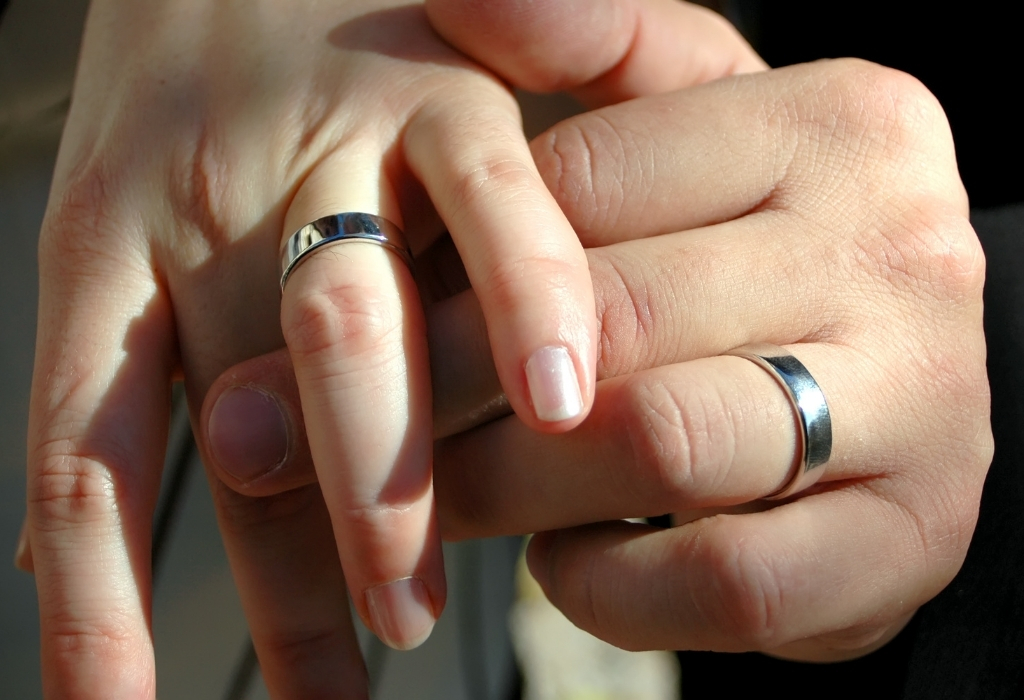
While the tradition of wearing a wedding ring on the fourth finger of the left hand still persists, modern trends have led to some variations. Some people choose to wear their wedding ring on the right hand instead of the left. This is particularly common in European countries like Germany, Russia, and Norway.
Others choose to wear their wedding ring on a different finger altogether. For example, some couples opt to wear their wedding rings on the middle finger of their left hand.
Conclusion
Ultimately, the finger on which you wear your wedding ring is a matter of personal preference. It can be based on tradition, religious customs, or modern trends. Regardless of which finger you choose, what matters most is the love and commitment that your wedding ring symbolizes.
Related video of Which Finger Does A Wedding Ring Go On
Introduction
World War One, also known as the Great War, was a global conflict that lasted from 1914 to 1918. It involved several major powers of the world, and the consequences of the war were felt for years to come. One of the most debated questions about the war is who started it. In this article, we will explore the origins of World War One and try to answer the question of which country started it.Background
In the early 20th century, Europe was divided into two opposing alliances. On one side were the Triple Entente, consisting of France, Russia, and the United Kingdom. On the other side were the Central Powers, consisting of Germany, Austria-Hungary, and Italy (until 1915). Tensions between the two sides had been simmering for years, and a single event triggered the start of World War One.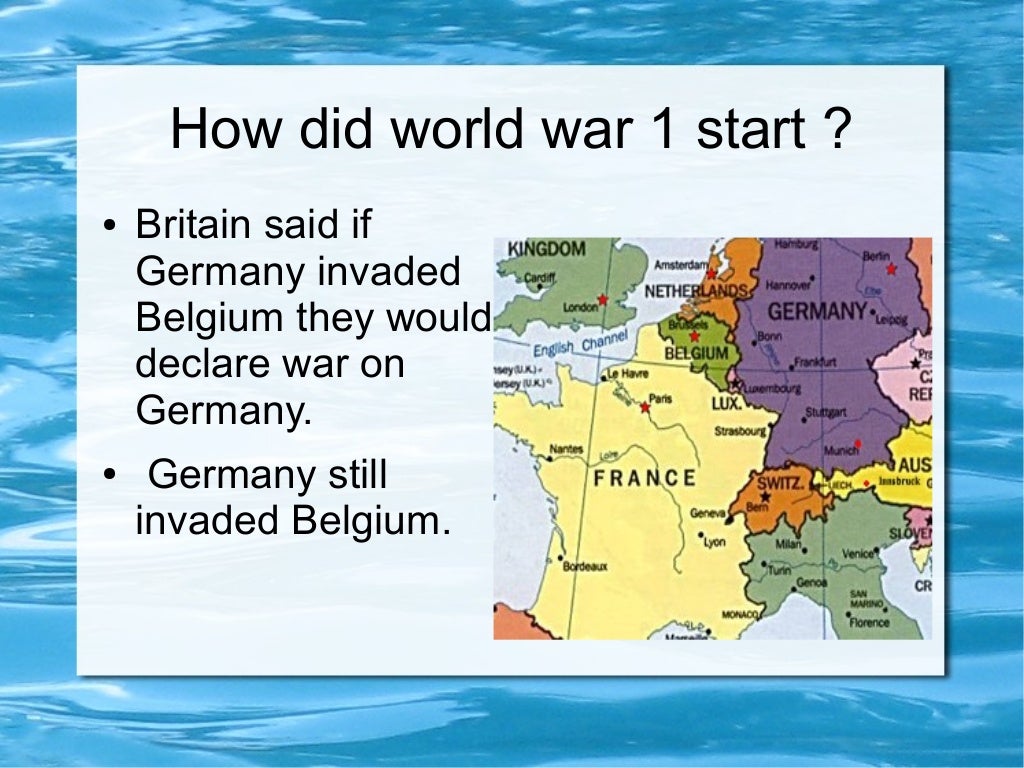
The Assassination of Archduke Franz Ferdinand
On June 28, 1914, Archduke Franz Ferdinand of Austria-Hungary was assassinated by a Serbian nationalist. The assassination took place in Sarajevo, Bosnia, which was still part of the Austro-Hungarian Empire. Austria-Hungary blamed Serbia for the assassination and declared war on Serbia on July 28, 1914. This event is considered the trigger for the start of World War One.The Role of Germany
Germany was one of the major powers involved in World War One, and its role in the conflict is often debated. Germany had formed alliances with Austria-Hungary and Italy, and it was seen as a threat to the balance of power in Europe. Germany also had a plan for a quick victory in the war, known as the Schlieffen Plan. The plan involved a rapid invasion of France through Belgium, which violated Belgium's neutrality. This led to the United Kingdom declaring war on Germany on August 4, 1914.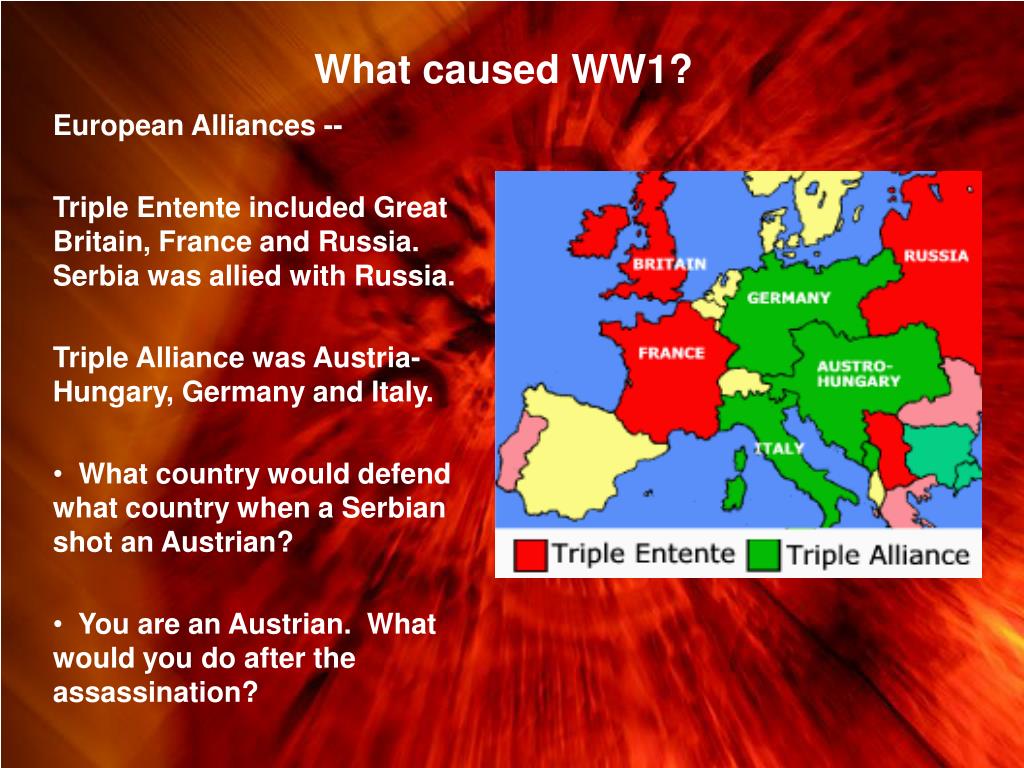
The Role of Austria-Hungary
Austria-Hungary was the first country to declare war in World War One, after blaming Serbia for the assassination of Archduke Franz Ferdinand. Austria-Hungary was also involved in a long-standing conflict with Russia over their respective spheres of influence in the Balkans. This conflict escalated into war when Russia mobilized its army to defend Serbia against Austria-Hungary. Austria-Hungary's actions were a major factor in the start of World War One.The Role of Serbia
Serbia was accused of being responsible for the assassination of Archduke Franz Ferdinand, which led to Austria-Hungary declaring war on Serbia. Serbia was also involved in a long-standing conflict with Austria-Hungary over the Balkans. Serbia's actions were a factor in the start of World War One, but it was not solely responsible for the conflict.
The Role of Russia
Russia was one of the major powers involved in World War One, and its role in the conflict is often debated. Russia had formed alliances with France and the United Kingdom, and it was seen as a threat to the balance of power in Europe. Russia also mobilized its army to defend Serbia against Austria-Hungary, which led to Germany declaring war on Russia on August 1, 1914.The Role of France
France was one of the major powers involved in World War One, and it had formed alliances with Russia and the United Kingdom. France had a long-standing conflict with Germany over the Alsace-Lorraine region, which Germany had annexed in 1871. France's involvement in the war was a result of its alliances and its desire to regain the Alsace-Lorraine region.The Role of the United Kingdom
The United Kingdom was one of the major powers involved in World War One, and it had formed alliances with France and Russia. The United Kingdom's involvement in the war was a result of its alliances and its desire to maintain the balance of power in Europe. The United Kingdom also declared war on Germany after Germany violated Belgium's neutrality.Conclusion
In conclusion, World War One was a global conflict that involved several major powers of the world. The origins of the war can be traced back to the assassination of Archduke Franz Ferdinand and the complex web of alliances and conflicts between the major powers. While no single country can be solely responsible for the start of World War One, the actions of Austria-Hungary, Germany, and Serbia were major factors in the conflict. The consequences of the war were felt for years to come, and it remains a significant event in world history.Related video of Which Country Started WW1?

Basketball is one of the most popular sports in the world, with millions of people playing it every day. But have you ever wondered which country invented basketball? Let's take a look at the history of this beloved sport.
The Birth of Basketball
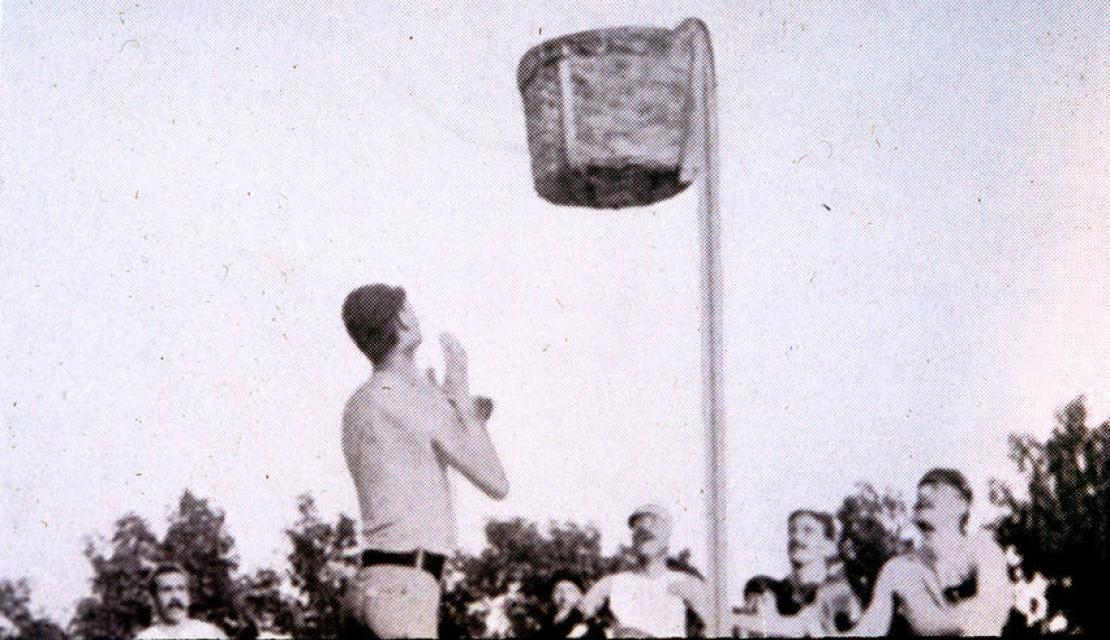
Basketball was invented by a Canadian physical education instructor named James Naismith in December 1891. Naismith was trying to create a new game to keep his students active during the winter months. He came up with the idea of basketball, which he originally called "Basket Ball."
The first game of basketball was played with a soccer ball and two peach baskets as goals. The baskets were hung from the balcony of the gymnasium at the International YMCA Training School in Springfield, Massachusetts, where Naismith was teaching.
Development and Evolution of Basketball

After the first game of basketball, Naismith continued to develop the sport. He created a set of rules for basketball, which included 13 original rules. These rules were later revised and updated to create the modern game of basketball that we know and love today.
Over time, basketball became increasingly popular, and the sport began to spread throughout the world. The first official basketball game was played in 1892 between the University of Chicago and the University of Iowa.
Basketball Goes International

While basketball was invented in the United States, it quickly spread to other countries. The sport was introduced to Canada in 1892, and the first official game was played in Toronto in the same year.
By the early 1900s, basketball had spread to other parts of the world, including Europe, Asia, and South America. The first international basketball game was played in 1904 between Canada and the United States.
Basketball in the Olympics
Basketball was first introduced to the Olympics in 1936, and it has been a popular Olympic sport ever since. The United States has been the dominant team in Olympic basketball, winning gold medals in 15 of the 19 Olympic tournaments.
Conclusion
So, which country invented basketball? The answer is Canada, through the work of James Naismith. However, basketball quickly spread throughout the world, and today it is played and enjoyed by millions of people from all corners of the globe.
If you're a fan of basketball, whether you're a player or a spectator, it's fascinating to look back at the history of the sport and see how it has evolved over time. From its humble beginnings in a gymnasium in Massachusetts to its status as a global phenomenon, basketball truly is an amazing sport.
Related video of Which Country Invented Basketball?

Great Britain is a sovereign nation that comprises four countries: England, Scotland, Wales, and Northern Ireland. These countries are located in the north-western part of Europe and are known for their rich history, culture, and stunning natural beauty.
England

England is the largest and most populous country in Great Britain. It has a rich history, having been inhabited since prehistoric times. England is known for its iconic landmarks such as Big Ben, the Houses of Parliament, and the Tower Bridge. It is also home to some of the world's best universities, including Oxford and Cambridge.
Scotland
Scotland is located in the northern part of Great Britain and is known for its stunning landscapes, beautiful highlands, and lochs. It is also famous for its bagpipes, kilts, and haggis. Scotland has a rich history and is home to some of the oldest universities in the world, including the University of St. Andrews.
Wales
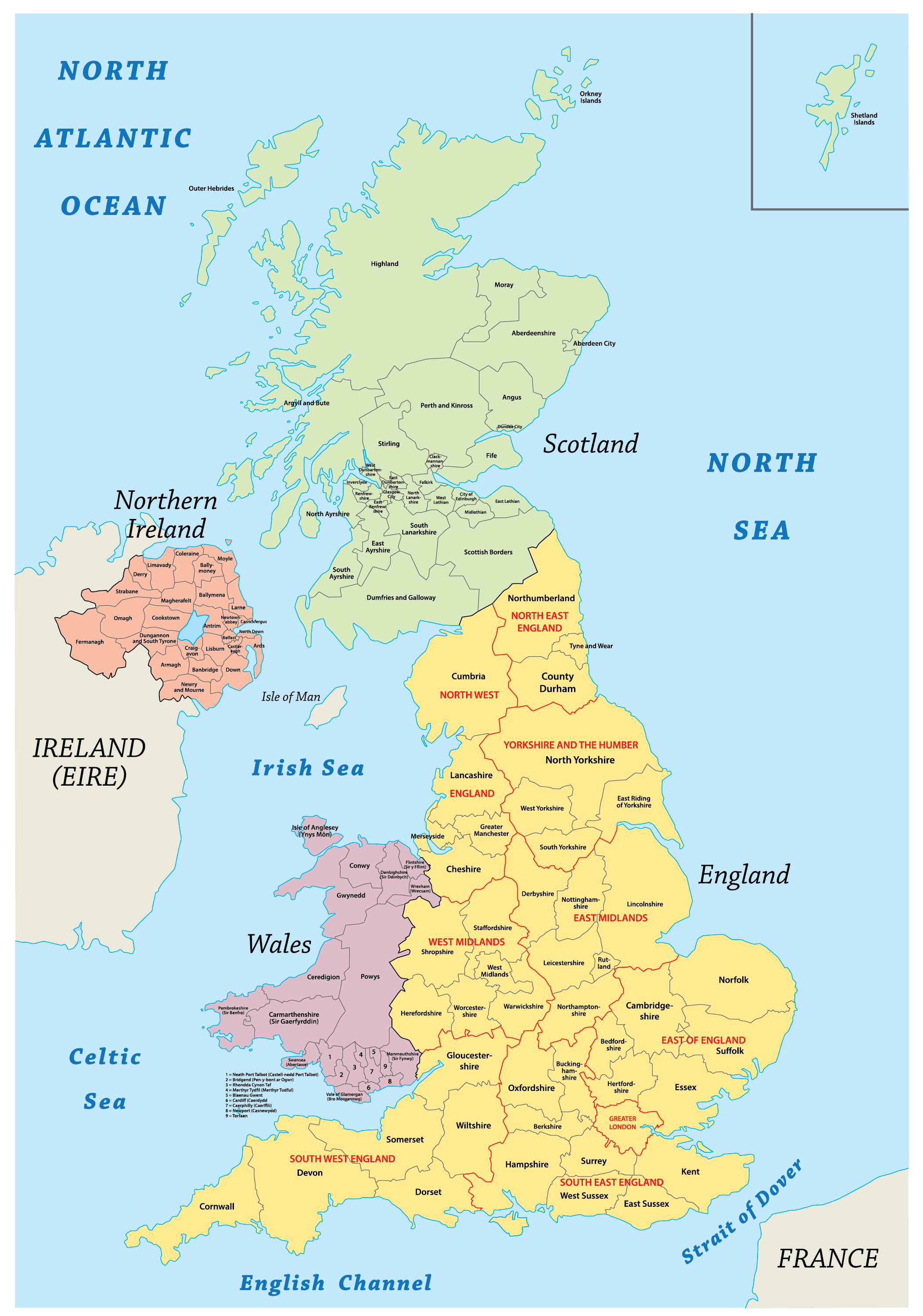
Wales is a country located in the southwestern part of Great Britain. It is known for its stunning coastlines, national parks, and castles. Wales has its own language, Welsh, which is spoken by a significant number of people in the country.
Northern Ireland
Northern Ireland is located in the northeastern part of the island of Ireland. It is known for its stunning natural beauty, including the Giant's Causeway and the Mourne Mountains. Northern Ireland has a complex and often troubled history, but in recent years has become a popular tourist destination.
The United Kingdom
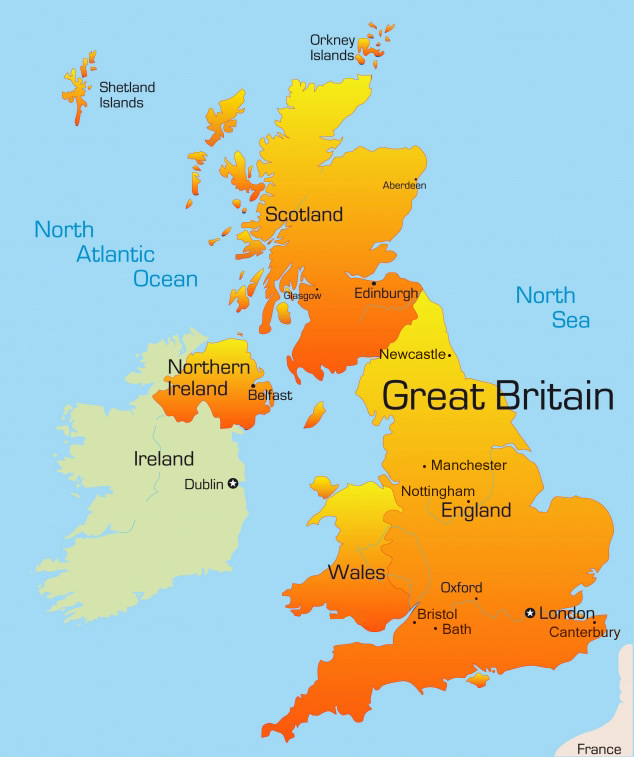
The term "Great Britain" is often used interchangeably with "the United Kingdom." However, the United Kingdom also includes other territories such as Gibraltar, the Falkland Islands, and Bermuda. The United Kingdom is a constitutional monarchy, with the monarch serving as the head of state. The current monarch is Queen Elizabeth II.
The Commonwealth
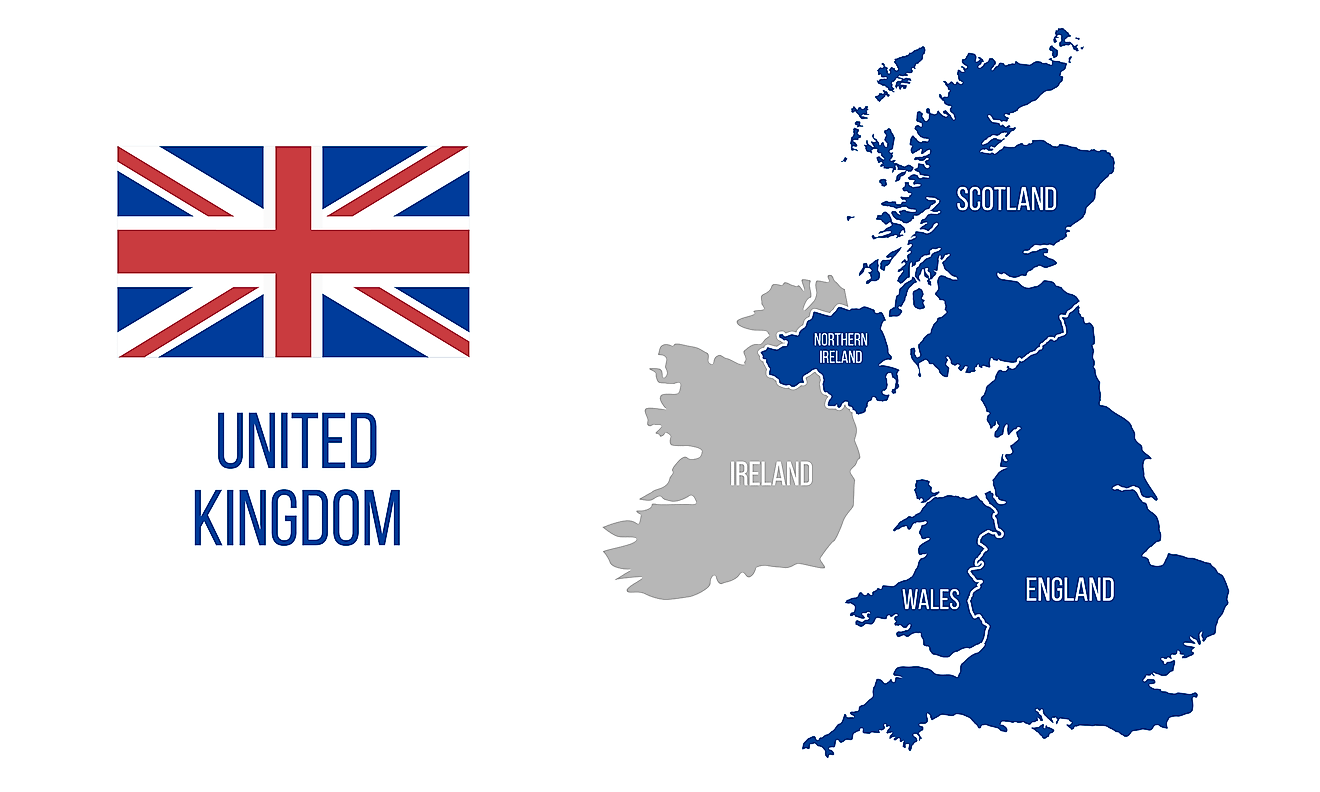
The Commonwealth is a political association of 54 member states, most of which are former territories of the British Empire. These countries share a common language, history, and values. The Commonwealth is headed by Queen Elizabeth II, who serves as its symbolic head.
Conclusion
In conclusion, Great Britain is a collection of four countries: England, Scotland, Wales, and Northern Ireland. These countries are known for their rich history, culture, and stunning natural beauty. The United Kingdom also includes other territories such as Gibraltar, the Falkland Islands, and Bermuda. The Commonwealth is a political association of 54 member states, most of which are former territories of the British Empire.
Related video of Which Countries Are Part Of Great Britain

Calendars have been used for thousands of years to keep track of time. It helps us to remember important dates and events such as birthdays, holidays, and appointments. There are many different types of calendars used around the world, but which one do we use?
The Gregorian Calendar

The calendar that is most widely used today is the Gregorian calendar. It was introduced by Pope Gregory XIII in 1582 to replace the Julian calendar. The Gregorian calendar is based on the solar year, which is the time it takes for the Earth to complete one orbit around the sun.
The Gregorian calendar has 365 days in a year, and every four years, a leap year occurs with 366 days. Leap years are necessary because the solar year is actually slightly longer than 365 days.
The Julian Calendar

The Julian calendar was introduced by Julius Caesar in 45 BCE and was used in the Roman Empire. It is also based on the solar year, but it did not include leap years. As a result, the Julian calendar drifted away from the solar year and was no longer accurate.
By the time the Gregorian calendar was introduced in the 16th century, the Julian calendar was 10 days behind the solar year. To correct this, the Gregorian calendar skipped 10 days in October 1582 to bring the calendar back in line with the solar year.
Other Calendars

There are many other calendars used around the world, each with their own unique characteristics. For example, the Islamic calendar is based on the lunar year, which is the time it takes for the moon to orbit the Earth.
The Hebrew calendar is also a lunar calendar, but it includes leap months instead of leap years to stay in sync with the solar year. The Chinese calendar is a lunisolar calendar, which means it is based on both the moon and the sun.
The Importance of Calendars
Calendars are important tools that help us to organize our lives and keep track of time. They help us to plan events and appointments, and they also help us to remember important dates such as holidays and birthdays.
Without calendars, it would be difficult to keep track of time and plan our lives effectively. Calendars are also important for businesses and organizations, as they help to schedule meetings and appointments with clients and customers.
Conclusion
In conclusion, the calendar that we use most commonly is the Gregorian calendar, which was introduced by Pope Gregory XIII in 1582. It is based on the solar year and includes leap years to stay in sync with the Earth's orbit around the sun. However, there are many other calendars used around the world, each with their own unique characteristics and cultural significance.
Related video of Which Calendar Do We Use?

Silk is a luxurious and valuable fabric that has been prized for thousands of years. It is known for its softness, shine, and durability, and has been used to make everything from clothing to bed sheets. But where does silk come from? What animal gives us this precious fiber? In this article, we will explore the fascinating world of silk and the creature that produces it.
The Silk Worm

The animal that gives us silk is the silk worm, also known as the Bombyx mori. The silk worm is actually the larva or caterpillar stage of the silk moth. The adult silk moth does not produce silk; it is the silk worm that does all the work.
Silk worms are native to China, where silk production began thousands of years ago. Today, silk is produced in many countries around the world, including India, Japan, and Italy.
Silk Production
Silk production begins with the silk worm. The silk worm spins a cocoon around itself using a single thread of silk that can be up to 900 meters long. Inside the cocoon, the silk worm transforms into a pupa and eventually into an adult silk moth.
To harvest the silk, the cocoons are boiled or steamed to kill the pupa inside. This process is controversial because it results in the death of the silk worm. Some silk producers are experimenting with alternative methods that do not harm the silk worm, such as waiting for the pupa to emerge as a moth before harvesting the silk.
Silk Properties
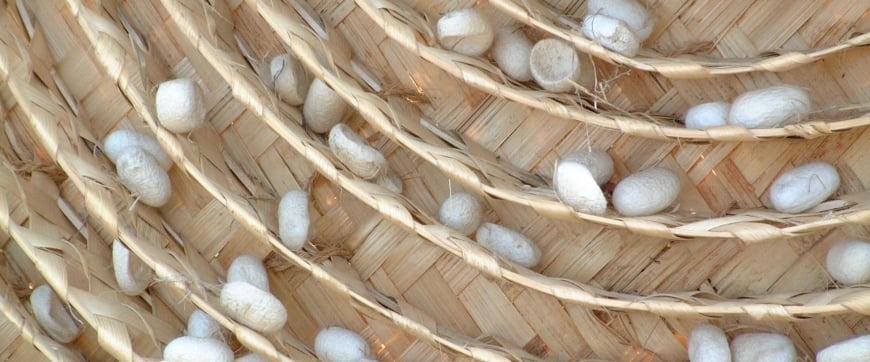
Silk is known for its unique properties that make it a desirable fabric. Silk is soft, smooth, and comfortable to wear. It has a natural sheen that makes it look luxurious. Silk is also strong and durable, and can last for many years if cared for properly.
Silk is also hypoallergenic, which means it is unlikely to cause an allergic reaction in most people. This makes it a popular choice for people with sensitive skin or allergies.
Uses of Silk

Silk is a versatile fabric that can be used to make a wide range of products. Clothing is one of the most common uses of silk, and includes dresses, blouses, and scarves. Silk is also used to make home textiles such as bedding, curtains, and upholstery.
Other uses of silk include medical applications such as surgical sutures, and industrial applications such as high-performance parachutes and bulletproof vests.
Caring for Silk

To keep silk looking its best, it is important to care for it properly. Silk should be hand washed or dry cleaned, as machine washing can damage the fabric. Silk should be washed in cool water with a gentle detergent, and should not be wrung out or twisted. Silk should be hung to dry or laid flat to dry, and should not be exposed to direct sunlight or heat.
Ironing silk can also be tricky, as it is prone to scorching. Silk should be ironed on a low setting or with a pressing cloth to protect the fabric.
Conclusion
Silk is a beautiful and valuable fabric that is produced by the silk worm. The silk worm spins a cocoon around itself using a single thread of silk that can be up to 900 meters long. Silk is soft, smooth, and comfortable to wear, and has a natural sheen that makes it look luxurious. Silk is also strong and durable, and can last for many years if cared for properly. Whether you are wearing a silk dress or sleeping on silk sheets, you can appreciate the beauty and versatility of this amazing fabric.
Related video of Which Animal Gives Us Silk
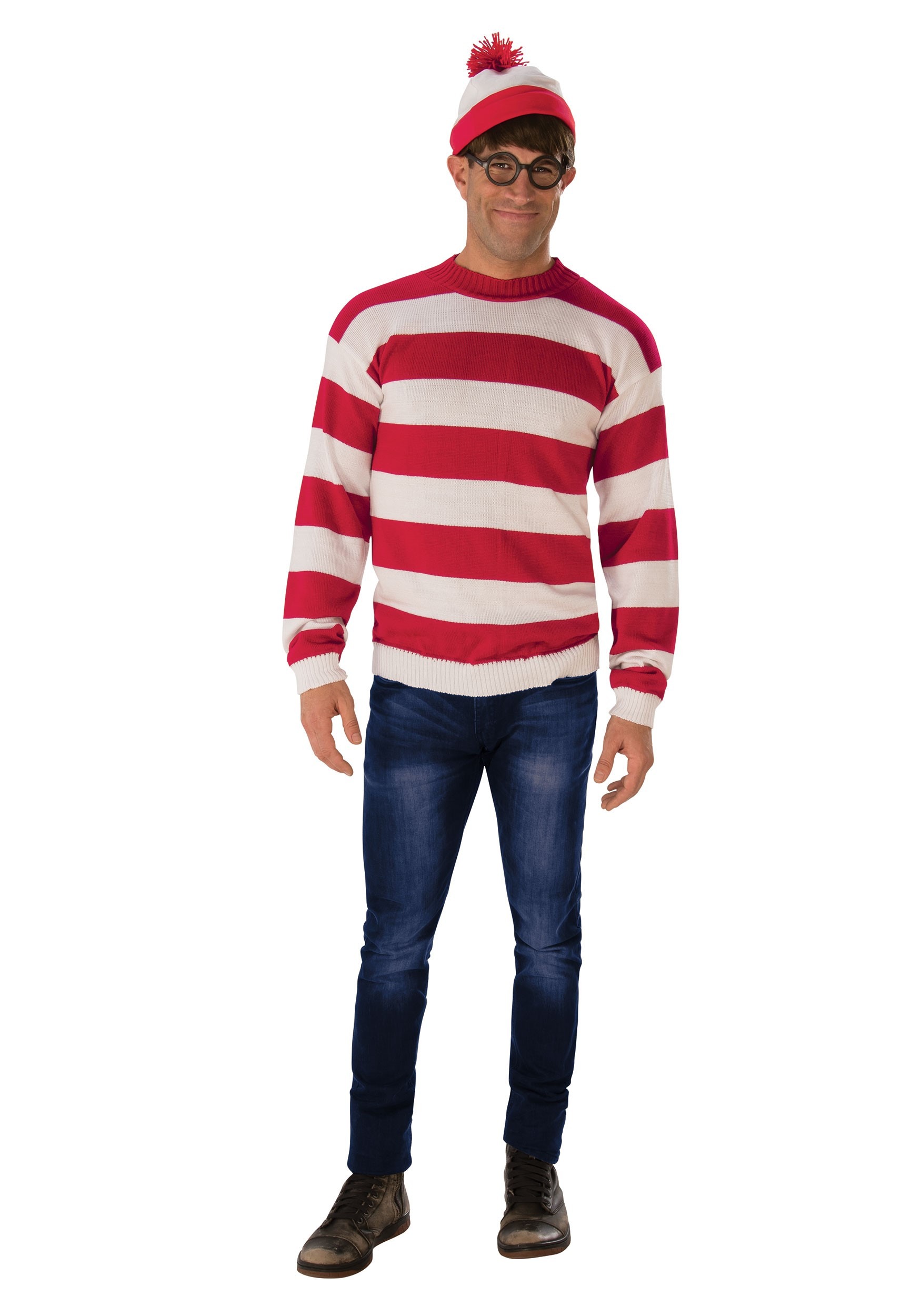
Who doesn't love a good game of Where's Waldo? The classic red and white striped shirt and beanie have become iconic, and the costume is a popular choice for Halloween, costume parties, and even comic conventions. If you're looking for a Where's Waldo costume in Canada, you're in luck! Here's everything you need to know to find the perfect costume.
Online Retailers

If you're looking for convenience and a wide variety of options, online retailers are a great choice. Websites like Amazon, Party City, and HalloweenCostumes.ca offer a range of Where's Waldo costumes, from basic shirts and beanies to full outfits complete with glasses and walking sticks. Plus, with online shopping, you can easily compare prices and find the best deal.
Costume Shops

If you prefer to try on costumes before you buy, a physical costume shop is your best bet. Party City and Spirit Halloween are two popular chains with locations across Canada. Keep in mind that physical stores may have a more limited selection than online retailers, so if you're looking for something specific, call ahead to make sure they have it in stock.
DIY Costume

If you're feeling crafty, a DIY Where's Waldo costume can be a fun and budget-friendly option. All you need is a red and white striped shirt, a beanie, and a pair of glasses. You can easily find these items at thrift stores or online. For an extra touch, carry around a walking stick or a copy of the Where's Waldo book.
Couples Costume

Looking for a fun couples costume? Why not go as Waldo and his girlfriend, Wenda? Wenda wears a similar red and white striped outfit, but with a blue skirt and hat instead of a beanie. You can find Wenda costumes at the same retailers that sell Where's Waldo costumes, or you can create your own DIY version.
Kids' Costumes

Where's Waldo isn't just for adults! Kids love the search-and-find game just as much as grown-ups, and there are plenty of Waldo costumes available in children's sizes. Party City and Amazon both offer kids' Waldo costumes, as well as Waldo-themed accessories like backpacks and lunch boxes.
Pet Costume

Don't forget about your furry friend! You can find Where's Waldo pet costumes at many of the same retailers that sell human costumes. Just make sure to measure your pet before you buy to ensure a proper fit. And if your pet isn't a fan of costumes, you can always opt for a Waldo-themed collar or bandana instead.
Conclusion
Whether you're looking for a Where's Waldo costume for yourself, your partner, your kids, or your pet, there are plenty of options available in Canada. Shop online for convenience and selection, or visit a physical costume shop to try on costumes before you buy. And if you're feeling crafty, a DIY costume can be a fun and budget-friendly option.
Related video of Find Your Perfect Where's Waldo Costume in Canada

The Origins of French Fries
French fries, also known as chips, are a popular snack that many people enjoy. But where did this tasty treat come from? Despite the name, French fries were not actually created in France. Instead, they have their origins in Belgium, where they are known as "frites" or "frietjes".

The History of French Fries
The first recorded mention of French fries dates back to the late 1600s in Belgium. It is said that the people of Namur, a city in the French-speaking region of Wallonia, would fry small fish in hot oil. However, during the winter months, when the river froze over and fish were scarce, they started cutting potatoes into long, thin strips and frying them instead. This is how the first French fries were born.

How French Fries Became Popular
While French fries were originally a regional dish in Belgium, they soon spread across Europe and eventually made their way to America. In the late 1800s, French fries were introduced to America by French-speaking immigrants from Belgium. They quickly became popular and were served in restaurants and diners across the country.

The Different Types of French Fries
Today, there are many different types of French fries available. Some of the most popular include thick-cut steak fries, shoestring fries, curly fries, and waffle fries. Each type of fry has its own unique texture and flavor, which makes them perfect for different types of dishes.

How French Fries Are Made
The process of making French fries is relatively simple. First, potatoes are peeled and cut into thin, uniform strips. Then, they are soaked in cold water for up to 24 hours to remove excess starch. After that, they are dried and fried in hot oil until they are golden brown and crispy.

Interesting Facts About French Fries
Here are some interesting facts about French fries:
- The average American eats around 30 pounds of French fries per year.
- The largest serving of French fries weighed 1,337 pounds and was created in Mexico in 2014.
- French fries are a good source of potassium, vitamin C, and fiber.
- In Belgium, French fries are often served with mayonnaise instead of ketchup.
The Future of French Fries
While French fries have been around for centuries, they continue to evolve and change. In recent years, there has been a trend towards healthier versions of French fries, such as baked or air-fried fries. Additionally, new flavors and toppings are constantly being added to French fries to create unique and exciting dishes.

Conclusion
French fries are a beloved snack that have a long and interesting history. Despite their name, they were actually created in Belgium and have since become a popular dish around the world. Whether you like classic shoestring fries or prefer something more unique, there is no denying that French fries are a delicious treat that will continue to be enjoyed for generations to come.